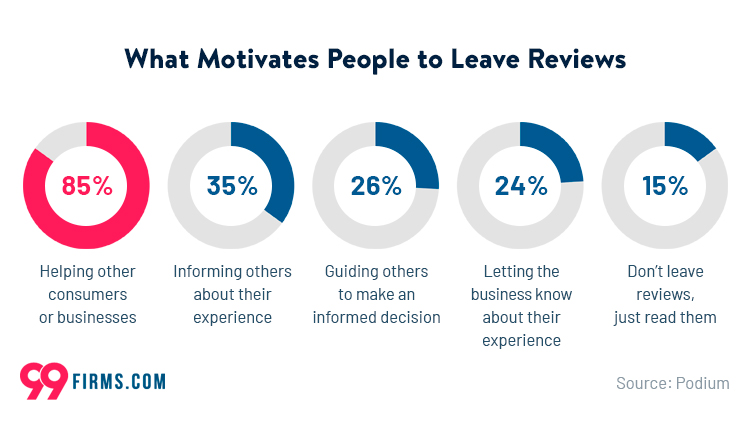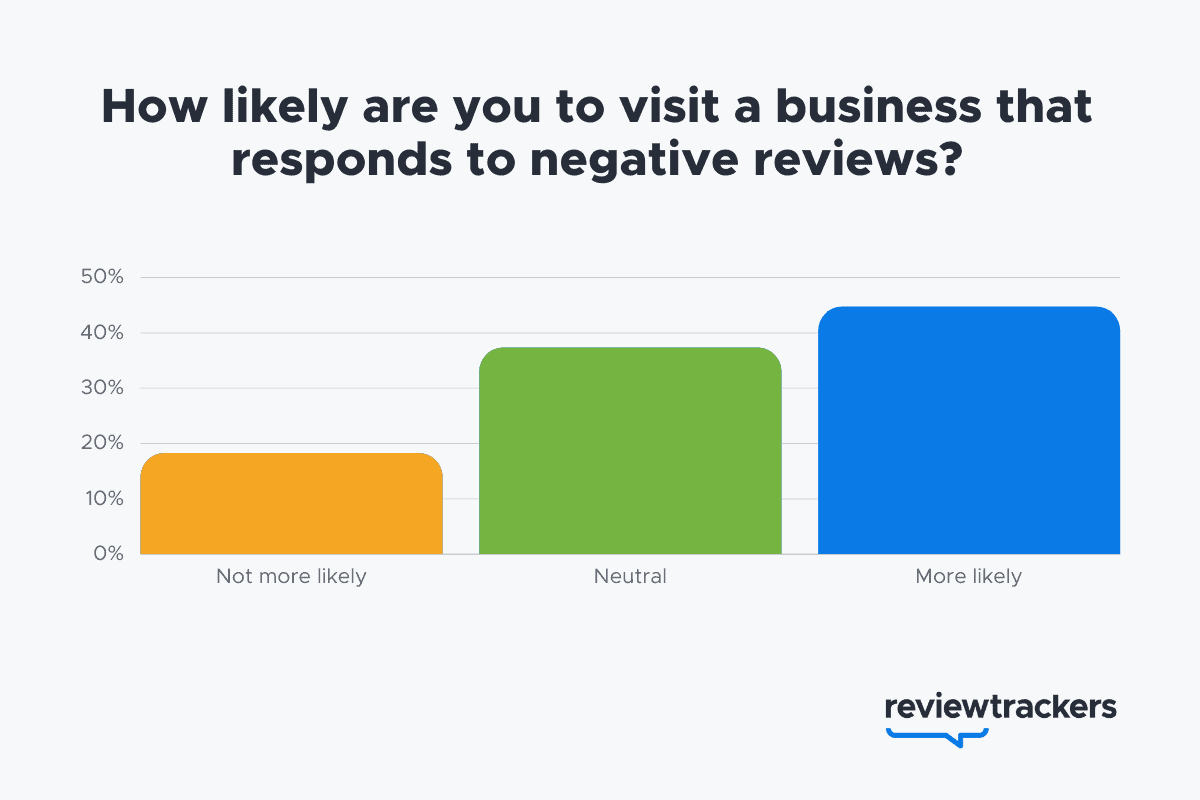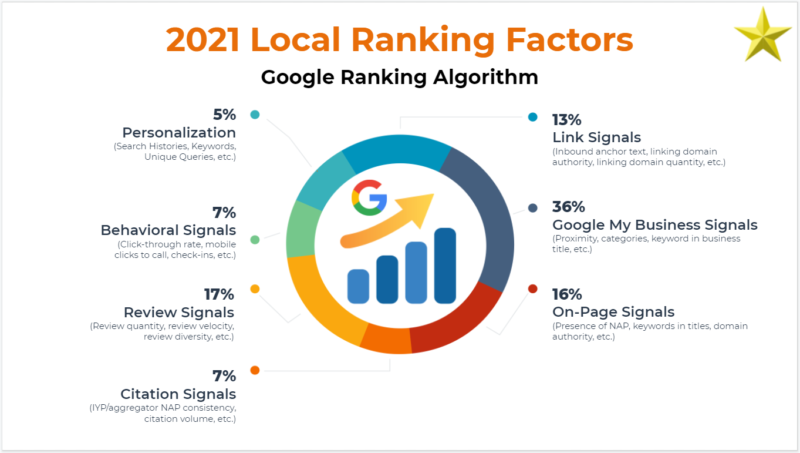In today’s ecommerce-driven world, customers enjoy remarkable convenience and choice.
And the reviews they need to make informed decisions are a few clicks away.
Unable to experience products and services physically, customers rely on reading online reviews to evaluate them based on feedback from like-minded folks they can trust.
It’s safe to assume that anyone considering engaging with your products is reading the impressions of fellow customers before they buy.
As online business gets more competitive, most brands understand that personalized recommendations online are a great way to drive sales.
Managed well, reviews are just as essential–a currency for building brand loyalty and shaping the future.
They’ve become second nature. Customers think reviews rock. Marketers should know that reviews matter. It’s the power of social proof, and we have the stats to prove it.
Let’s break them down.
The rise of online reviews
1. A study by Canvas8 and Trustpilot showed that 9 out of 10 global consumers read online reviews before making a final decision to buy.
You probably already know that reviews can be a fillip to your conversions. They used to be nice to have. Today, the statistics show reviews have never been consulted by savvy consumers more or been more influential in their decision-making. People trust the advice of peers over businesses with an agenda-pushing products and services. What has changed is the extent to which digital word of mouth reigns.

2. 98% of people at least ‘occasionally’ consult internet reviews for local businesses.
Reviews are also important for local businesses, according to the most recent study. To illustrate the rise of online reviews, consider that the number of holdouts who ‘never’ read reviews fell precipitously from 18% in 2019 to a meager 2% in 2021.
3. According to one survey, a majority of shoppers read anything from one to ten reviews before they decide to buy.
Customers are reading more and more reviews. And the number of customers who typically read more than ten reviews before they make a purchase slightly increased from 12.2% in 2019 to 14.6% in 2021. To respond to this uptick, businesses should think about diversifying the ways in which they showcase reviews on their own website while periodically tracking the reviews that appear on third-party platforms.
Trust
4. 79% of buyers trust online reviews
Online reviews aren’t quite on a par with word-of-mouth recommendations from family and friends. Still, they’re not far behind. Four in five consumers have as much faith in online reviews as they would have in personal recommendations–an increase of three percentage points from the previous year.

Openness, honesty, authenticity, and transparency are key for brands and review platforms alike.
Ecommerce businesses should avoid the temptation to manipulate or cherry-pick reviews at all costs.
5. 62% of consumers will not support brands that censor or tolerate fake online reviews.
According to Trustpilot in 2020, 70% of consumers are concerned by the problem of review censorship and the breach of trust it engenders. If you think about it, a realistic mix of positive and negative feedback is precisely what consumers expect.
The benefits of online reviews cannot be explained simply as more positive reviews equalling more credibility–quantity matters. Consumers love large numbers. Customers seek authenticity and are suspicious of perfection, consumers also prefer speed like fulfillment by amazon they are more likely to engage with businesses.
Negative reviews in a new light
6. 64% of global customers are looking to buy from responsive companies over ones that appear to have a perfect reputation.
For product and service review scores, over half of consumers believe that a less-than-perfect review is more authentic.
Let’s say, for example, you’re an ambitious omnichannel retailer. The increased sales are fantastic, but keeping your processes streamlined is a challenge. Okay, you probably don’t need to ask, ‘’what is shopify inventory management in retail?’’, because you realize tracking stock across these channels with spreadsheets or archaic systems is no longer cost-effective.
These tools can help you mitigate the risk of, for example, overselling across your channels, then disappointing a customer with their heart set on buying a specific gift. Given the increasing complexity of international shipping, however, plenty of unanticipated problems can still arise and affect the way customers engage with your store. Fortunately, critical reviews are not a deal-breaker.
Customers understand that mistakes happen. If a company connects with a disappointed customer and resolves their concern, the customer might even be willing to remove their original review.
7. Interestingly, 72% of buyers say that negative reviews on products and services help provide depth and insight to make a decision to buy.
This further reinforces the idea that negative reviews aren’t the end of the world. A study by Spiegel Research Center also showed that customers are more likely to purchase products that score just shy of a 5-star rating, with online reviews between 4 and 4.7 stars being optimal. Negative reviews can therefore technically build credibility for your product as reviews are averaged, actually helping customers along the path to purchase. Pretty cool switcheroo, right?
Indirect use of reviews
8. Reviews account for around 15.44% of how Google ranks businesses for SEO.

Another reason monitoring and managing reviews should be a top priority for ecommerce? High-quality, positive local business reviews will improve your ecommerce businesses’ visibility in internet search ranking.
Going above and beyond by responding appropriately to complaints to placate miffed consumers and thank them for their feedback not only builds trust with your customers directly, but can also bolster your credibility with the search engine itself.
On a related note, you can use customer reviews to identify the words and phrases your customers use for your products and services to optimize your SEO keywords and campaigns accordingly. Another way? Implement an SEO topic cluster strategy.
Measurable effects of reviews
9. Conversion rates increased by 354% for product pages with at least one review compared with pages with no reviews.
The mere presence of on-page customer reviews can drive customers to purchase, regardless of whether they have engaged with them or not. Said pages experience a lift in Revenue Per Visitor (RPV) by as much as four-and-half times. When product ratings drive conversions, the importance of incorporating online reviews into your website rather than relying solely on external review platforms becomes self-evident.
10. 62% of global shoppers are more likely to buy a product after seeing other user-generated visual content in the form of customer photos and videos.
Approximately a quarter of respondents in this 2020 survey explained visual reviews could bring information to light that wasn’t obvious before buying. These visual reviews are increasingly influential on social media purchases.
Ecommerce continues to surge. Despite this, consumers prefer to make their purchases of costlier investments like furniture from showrooms, since browsing in person allows them to size up products before they purchase.
Enter new technology such as augmented reality–technology like this is helping to eliminate those last vestiges of benefit that in-person buying holds over ecommerce. The augmented reality shopping experience allows customers to try before they buy online.
The reviews are in
Online reviews are transforming ecommerce and their influence has never been greater. Shoppers are singularly relying on the opinions of their peers when deciding which products to buy and which businesses to support.
Quantity, quality, relevancy, and recency are all key factors customers weigh. But trust, in particular, carries the day. So much so that reviews with perfect scores are likely to raise suspicion and jeopardize sales.
The good news is that brands that respond to feedback from today’s educated customers in authentic and transparent ways can stand out from the crowd.
You know that ambient sense that a sea change of social proof is afoot?
With these stats, you don’t need to take anyone’s word for it.



